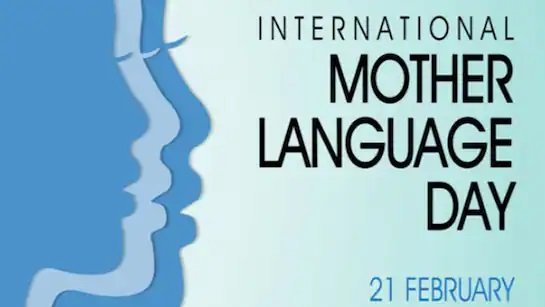
International Mother Language Day, observed annually on February 21, aims to promote cultural and linguistic diversity worldwide. Recognized by UNESCO, the day underscores the importance of preserving mother languages and ensuring multilingual education. The 2025 observance marks the silver jubilee of International Mother Language Day, celebrating 25 years of advocacy for linguistic rights.
International Mother Language Day 2025 Overview
The International Mother Language Day 2025 seeks to raise awareness about the significance of safeguarding endangered languages and respecting linguistic rights. The celebration includes educational programs, cultural activities, and discussions aimed at fostering a deeper appreciation for linguistic diversity.
International Mother Language Day 2025 Quick Facts
- Date: February 21, 2025
- Purpose: Promote awareness of linguistic and cultural diversity and multilingualism
- Background: First announced by UNESCO on November 17, 1999; formally recognized by the United Nations General Assembly in 2002
- Theme: “Language Matters: Silver Jubilee Celebration of International Mother Language Day”
- Key Issues:
- Many languages are disappearing at an accelerated pace.
- 40% of the global population lacks access to education in a language they speak or understand.
- Observances:
- Poetry recitations, multilingual storytelling, and traditional music performances
- A two-day event at UNESCO Headquarters, Paris, France
- Recognized as a national holiday in Bangladesh
- 2025 Focus:
- The 25th anniversary highlights efforts to preserve linguistic diversity and promote mother tongues.
- Event Features:
- Technical dialogues, high-level discussions, cultural performances, and exhibitions celebrating global linguistic diversity.
International Mother Language Day 2025 Theme
The theme for International Mother Language Day 2025 is “Language Matters: Silver Jubilee Celebration of International Mother Language Day.” This theme emphasizes promoting linguistic diversity, protecting endangered languages, and encouraging multilingual education worldwide.
History of International Mother Language Day
Proclaimed by UNESCO in 1999, International Mother Language Day has been observed annually since 2000. In 2002, the UN General Assembly officially recognized its significance.
The idea for this observance originated in Bangladesh, inspired by the 1952 Language Movement. Students in Dhaka protested against the imposition of Urdu as the only state language of Pakistan. On February 21, 1952, several students lost their lives in the movement. To honor their sacrifice, UNESCO declared February 21 as International Mother Language Day, advocating linguistic diversity and multilingual education worldwide.
Since its inception, this day has played a vital role in promoting language rights and protecting endangered languages, ensuring the preservation of cultural and linguistic heritage for future generations.
What is a Mother Language?
A mother language is the native language a person learns in early childhood. It plays a crucial role in shaping identity and forming deep connections with traditions and heritage.
Key Facts About Mother Languages:
- Studies show that multilingual and bilingual individuals have enhanced cognitive abilities and problem-solving skills.
- The most widely spoken languages globally include Arabic, English, Hindi, and Mandarin Chinese.
- India has 22 officially recognized languages.
Significance of International Mother Language Day 2025
International Mother Language Day 2025 highlights the importance of safeguarding languages and promoting multilingual learning. This observance is crucial because:
- It encourages the use of mother tongues in schools to enhance learning and comprehension.
- It advocates for the revival and protection of endangered languages.
- It helps communities cherish and pass down their linguistic traditions.
- It supports the linguistic rights of indigenous populations.
By celebrating International Mother Language Day, the world recognizes the vital role that languages play in fostering cultural identity, communication, and education, ensuring a more inclusive and linguistically diverse future.

